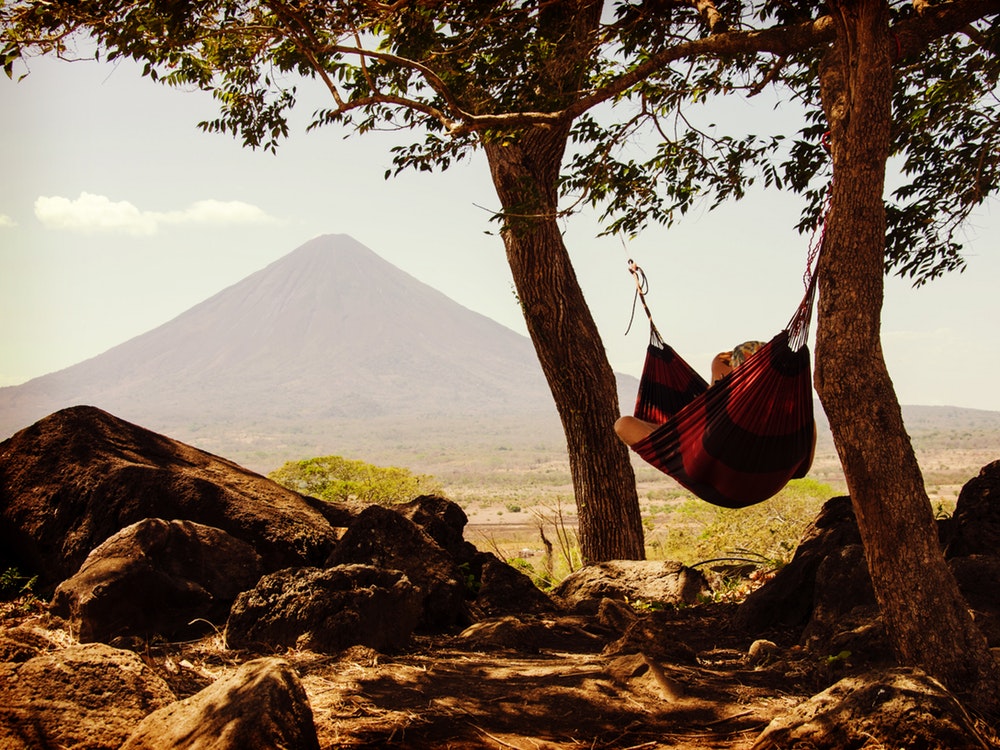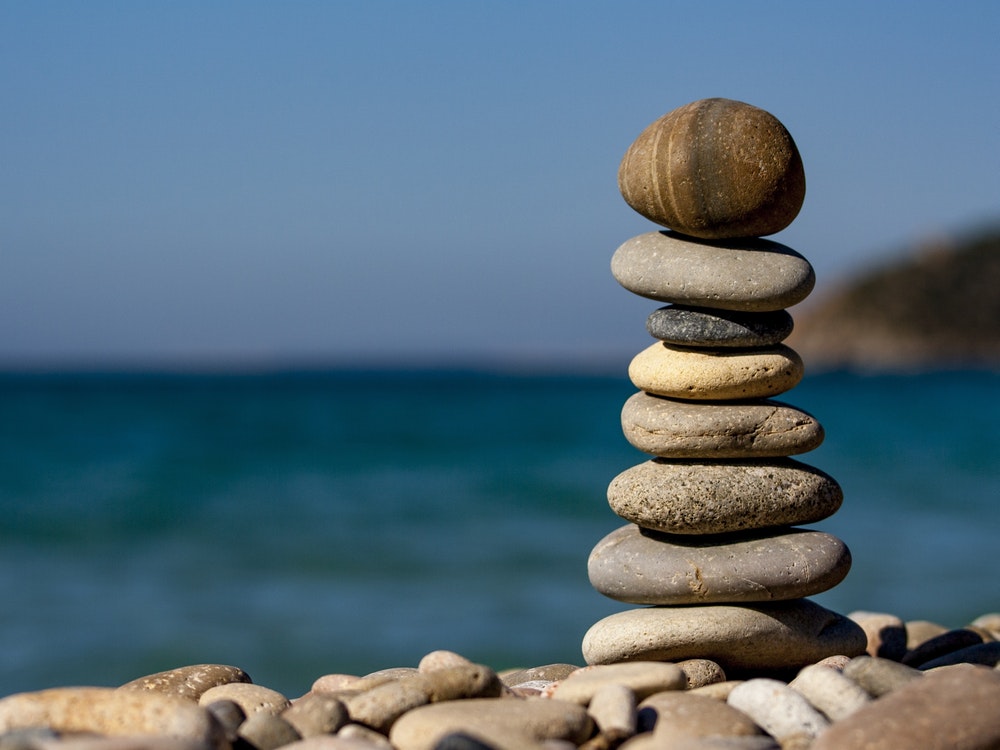With a polyphasic sleep, you can get by with just 2 hours of sleep a day.
Still, you will stay fit and powerful for the years to come.
Work-Life Balance – Polyphasic sleep
With a polyphasic sleep rhythm, you only need 2 hours of sleep a day and still be able to be 100% efficient.
In this article, you will find instructions on how to learn polyphasic sleep, helpful tips for the adaptation phase, my experience after 30 days of Uberman, and answers to the question of whether polyphasic sleep is not unhealthy.
It’s time for a self-experiment again.
This time, I want to acquire a polyphasic sleep pattern and stay with it for at least a month.
The reasons are numerous.
Mostly, I need more time to implement the many beautiful projects I have planned for the future. This blog is definitely one of them!
Besides, minor side effects, such as lucid dreaming, less back problems (which I get after lying too long) and pure curiosity about how it will feel are also significant motivation factors.
If you are interested in the subject of lucid dreaming, we recommend that you read our article on it.

What Is Polyphasic Sleep?
As the term “poly” already reveals, it is a multi-phase sleep rhythm. In contrast to the monophasic sleep, one sleeps not 6-8 hours at a time
Instead, you sleep, for example, in 6 x 20 minutes phases. Overall, I can think of 5 different types for a polyphasic sleep cycle.
Here are the different variants at a glance:
Monophasic Sleep
Monophasic sleep means sleeping 6-8 hours once a day.
Most adult humans have exactly this sleep rhythm.
Depending on how long you sleep, you will stay awake for a maximum of 18 hours. Given you are a late riser, even just 16 hours or less.
Incidentally, lying in bed for longer than 8 hours at a time is not recommended even for people with a high need for sleep.
Studies have shown that this has an opposite effect on the degree of recovery.
In contrast, sleeping more than 7-8 hours can induce a higher risk for mortality and cardiovascular diseases.
This means that even though it might be difficult for you in the morning, with six hours of sleep you may be more rested than with nine.
For people who still need more sleep, the biphasic sleep pattern is recommended.
Biphasic Sleep
If you take a small nap at lunchtime, that, strictly speaking, is already a polyphasic sleep rhythm.
But you do not really save time. Most of the time you sleep even longer than with a monophasic sleep rhythm.
Nevertheless, sleep researchers recommend inserting at least a small “nap” in the early afternoon.
Our biorhythms seem to be programmed for this and the “midday low” comes without lavish food.
According to the sleep researcher Göran Hajak, a short nap helps reduce stress and adds to our efficiency if it lasts no more than 20 minutes.
Also, this 2010 research points out some of the advantages of naps in regard to cognitive functioning.
Triphasic Sleep
Implementing this kind of sleep pattern, you sleep 3 times a day for about 1.5 hours, which adds up to 4.5 hours.
The advantage of this option is the easy adaptation because within these 1.5 hours of sleep the body has enough time to enter the REM phase.
Infants may have a similar sleep rhythm, which is usually less compatible with the parents’ monophasic rhythm.
Because of the easier adaptation, this sleep rhythm is suitable for anyone who was too hard to switch to Dymaxion or Uberman.
The time savings are already clearly noticeable considering this option.
“Everyman” Sleep
Here you have a 3-hour main sleep phase, which is supplemented with 2-4 “20 minutes naps”.
The rhythm is suitable as an intermediate step to the “Uberman” rhythm.
In my self-experiment, this sleep pattern happened to me partly involuntarily, as I overheard the alarm during a nightly “nap” and woke up 3 hours late.
When using this sleep pattern as a transition to Uberman, I recommend scheduling the 3-hour main sleep phase between 6:00 pm and 11:00 pm as the critical phase lasts better between 2:00 am and 5:00 am.
Dymaxion Sleep
The Dymaxion pattern prescribes naps in 4 x 30 minutes phases (a total of 2 hours per day).
The advantage over the Uberman option is that the waking phases are longer. It’s harder to do it.
The term “Dymaxion” was coined by the famous sheriff Richard Buckminster Fuller, who gave this name to some of his inventions (including the Dymaxion scarf rhythm).
Dymaxion is an abbreviation which translates to “dynamic maximum tension”.
“Uberman” Sleep
As “Uberman” you sleep 6 x 20 minutes evenly distributed throughout the day.
With only 2 hours of sleep, you can still achieve a maximum of fitness and concentration.
Thanks to Tim Ferris, Steve Pavlina, and PureDoxyk, the “Uberman” sleeping pattern is probably the best-known polyphasic sleeping pattern.
Start-up founders, entrepreneurs or life-artists use the “Uberman” sleep to reach their goals more successfully and faster.
Whereby this rhythm is not suitable for everyone.
If you do not get past the changeover phase, you may want to start with the Triphasic or the Everyman sleep rhythm.
Considering that a monophasic day consists of 16 hours, with an Uberman sleep routine, you would have more time available. 136 days a year.
Looking at the different types of sleep cycles altogether, it shows the following addition of “more life” per year depending on the selected choice.
Monophasic sleep:
Wake-up time per day: 16h
Sleep per day: 8h
Wake-up time per year: 5840h
Sleep per year: 2920h
More life: 0h
Biphasic sleep
Wake-up time per day: 17h
Sleep per day: 7h
Wake-up time per year: 6205h
Sleep per year: 2555h
More life per year: 365h
Triphasic sleep:
Wake-up time per day: 19.5h
Sleep per day: 4.5h
Wake-up time per year: 7117.5h
Sleep per year: 1642.5h
Mor life per year: 1277.5h
Everyman sleep:
Wake-up time per day: 20h
Sleep per day: 4h
Wake-up time per year: 7300h
Sleep per year: 1460h
More life per year: 1460h
Dymaxion sleep
Wake-up time per day: 22h
Sleep per day: 2h
Wake-up time per year: 8030h
Sleep per year: 730h
More life per year: 2190h
Uberman sleep
Wake-up time per day: 22h
Sleep per day: 2h
Wake-up time per year: 8030h
Sleep per year: 730h
More lif per year: 2190h
Is Polyphasic Sleep Healthy?
If you hear, that you should get along with 2 hours of sleep, this may sound very unhealthy at first.
Unfortunately, there is rarely studies documenting the health consequences of polyphasic sleep.
To find out about possible risks and side effects, I had to resort to the reports of those who practice such a rhythm over several years.
The best known is probably Marie from puredoxyk.com.
She is considered to be the mother of the “Uberman” sleep rhythm and reports herself that she NEVER wants to return to monophasic sleeping again.
In fact, she has been practicing polyphasic sleep for almost 10 years at a time, without any physical or mental decline.
Other experiences are also positive. The biggest drawbacks are the limitations of social life.
With a waking time of 3 h 40 min, for many a visit with friends or relatives falls into the water.
So it is most suitable for working self-employed, start-up entrepreneurs and entrepreneurs et cetera.
By the way, many start to sleep polyphasically while studying, which is a great time to try such things initially.

Learn Polyphasic Sleep
Everyone can learn the polyphasic sleep rhythm.
The prerequisite for this is to reconcile the regular phases of sleep with everyday life.
Work life, your partner or other appointments are the biggest hurdles.
Then only the first week of adapting to one of the cycles remains, which can be maintained only with a lot of self-discipline.
It is not for nothing that sleep deprivation is also used as a torture method. Do not worry, it’s still worth it and it’s not that bad.
Important appointments, car rides or other activities requiring concentration are not recommended in the first week.
As soon as the first days are over, the REM phase (dream phase) starts immediately with every “nap”.
The sleep time can be less than a minute for a trained person. Once this is the case, you will recover completely from the changeover.
If you keep the rhythm for several months, future changes will be much easier, even if you temporarily sleep monophasically again.
Tips: The Adaptation Phase
Who wants to survive the first 10 days, requires discipline, willpower, a precise plan, and stamina.
To make the habituation as easy as possible, you should take into account the following tips:
- Get fitted earplugs and 100% dark sleep glasses
- For waking up, I recommend a wristwatch with a strong vibration alarm. Read the reviews of the watches in advance. Most of the time, the vibration alarm is not strong enough to wake you up.
- Make an exact schedule that places naps between your regular commitments, such as training, meetings, and more.
- Naps should not be moved for more than 30 minutes. My cycle was 0:00, 4:00, 8:00, 12:00, 16:00, 20:00 and again 0:00.
- The toughest part is getting up between 1:00 and 4:00 after a nap. Sometimes I only endured it thanks to driving music and a big cup of matcha tea.
- I would avoid driving in the first days of adaptation
- Hold on!
- At night you should strictly limit each nap to 20 minutes!
- The maps in the day work only if you were strict at night and did not oversleep.
- Alcohol is completely taboo in this phase. Even a beer can make you a huge stroke by the bill if you want to stick to the strict schedule.
- Your diet can be critical to success. Caffeine should be avoided during the day
- At night you should rather take light food.
Overall, your energy consumption and thus your hunger will increase noticeably, especially if you are also doing sports.
A Month of Polyphasic Sleep
Actually, I had expected the first week to stare apathetically into the void with palm-sized dark circles.
Surprisingly, it was not like that!
The worst time is between 1:00 and 4:00.
It has happened to me the first week over and over again that I overheard the alarm during this period and suddenly woke up 4 hours later.
In the end, only autogenic training helps: By repeating in my mind over and over again “I’ll get up in 20 minutes”.
Or just a very powerful alarm clock.
Nevertheless, I am satisfied and also the disbelieving looks of family and acquaintances have slowly become less after a few days when I go to sleep at 1:30 am.
The fact that the adaptation was relatively easy for me may also be due to the fact that I can relax almost at the push of a button.
At least after 6 days, I did not feel as weak as expected.
On the contrary, I was a lot more creative than usual. Only between 1:00 and 4:00 I was mainly concerned with “staying awake”.
After 10 days you normalize slowly again.
Which, as already mentioned, is related to the onset of the REM phase. It can usually take up to 2 hours for the REM phase to occur.
The short “naps” force the body to enter the REM phase immediately, allowing regeneration within just 20 minutes.
This also gives you the ability to dream lucidly during almost every sleep phase.
Already in 1959, it was demonstrated in an experiment (“The effect of dream deprivation.”, William C. Dement, 1959, Stanford) that the extreme symptoms of sleep deprivation occurred only in a suppression of the REM phase.
After finishing my experiment, I can understand why this sleep rhythm is called Uberman.
That’s exactly how you feel.
The other people are strangely petty with their day/night rhythm.
I was in my own world where my family and friends could only visit me during the day.
In the aftermath, everything belonged to me.
You are undisturbed and the world is dead. Only oneself is still “on the hunt” like a nocturnal cat.
By being able to fulfill most of my obligations at night, I had more time during the day.
It’s an interesting feeling when you suddenly realize in the morning at 4:30 that all the tasks of the coming day are already done.
Final Thought: Polyphasic Sleep
I was really sorry to give up polyphasic sleep again.
Job, girl, appointment and co. just can not help it at the moment.
But as soon as I have the opportunity, I will become the “Ubermann” again.
Did you ever try any of the Polyphasic sleep options yourself??
Tell me about your experiences in the comments below.
Just started getting to know the enriching domain of self-improvement?
Check out our whole guide starting here!
Many thanks for reading folks,
Janik




